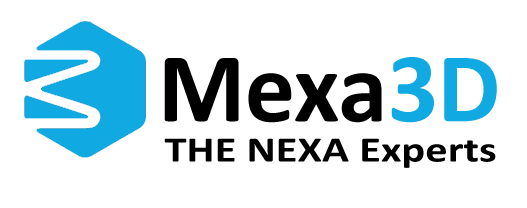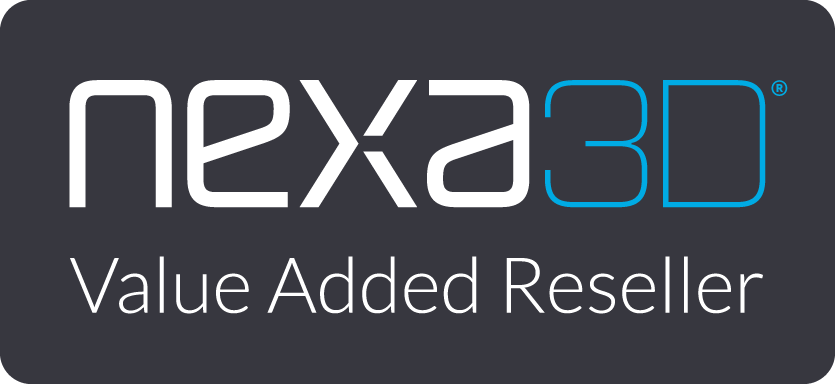


The 3D printing revolution with ceramic materials
3D printing has developed from an up-and-coming trend to a permanent fixture in the manufacturing industry. Now ceramic 3D printing is entering the stage and promises to change the rules of the game once again. This article takes an in-depth look at the fascinating world of ceramic 3D printing and its potential impact on various industries.
The basics of ceramic 3D printing
The mSLA (masked stereolithography, also known as LSPc) process is used to successfully print ceramics. This enables very precise and efficient curing of the liquid resin. In contrast to conventional 3D printing techniques that use filaments or powder, SLA relies on a liquid resin layer that is applied layer by layer and hardened using UV light.
The LSPc process begins with the creation of a digital 3D model, which is then broken down into layers. The liquid resin is poured in thin layers onto a build platform and a masked exposure hardens each layer to the precise specifications of the 3D model. Resin flows in. This process continues layer by layer until the final 3D object is created.
The choice of LSPc in ceramic 3D printing has various advantages. The method enables extremely precise and detailed production of ceramic objects. The fluidity of the resin makes it possible to form even complex and intricate structures that would be difficult to realize using other methods. In addition, LSPc opens up the possibility of working with different ceramic materials, which enables a wide range of applications in various industries.
It is important to emphasize that although the LSPc process delivers impressive results, it also presents specific challenges. Material development remains a key aspect in further optimizing the properties of the liquid resin and meeting the requirements of different areas of application. In addition, advances in scalability are required in order to expand the technology for efficient mass production. Nexa3D has optimized the membrane to create outstanding components in the xCeramic.
Advantages of ceramic 3D printing
Precision and finesse
One of the outstanding properties of ceramic 3D printing is the unsurpassed precision and fineness in the production of components. This is particularly important in sectors such as medicine and electronics.
Design freedom
Additive manufacturing opens up a new chapter in design freedom. Engineers can develop complex shapes and structures that were previously difficult to realize without compromising material integrity.
Material efficiency
Another major advantage is the efficient use of materials. Ceramic 3D printing enables companies to make optimum use of their resources, which not only leads to less waste but also to lower production costs.
Water and heat resistance
Ceramic materials used in 3D printing offer natural water and heat resistance. This expands the application areas of ceramic 3D printing, especially in environments with extreme conditions.
Low costs
Additive manufacturing of ceramic components enables cost-efficient production, as materials are used precisely and waste is minimized. This contributes to more economical manufacturing processes.
Materials
xCERAMIC3280
xCERAMIC3280
is a ceramic resin with a high heat resistance and an excellent tensile modulus of elasticity. Parts made from this material have a ceramic look and feel.
This material has a high heat resistance of up to 280°C and extreme rigidity.
This makes it the perfect choice for mold applications for
freeform injection molding
.

Applications in practice
Medical industry
Ceramic 3D printing has revolutionized the manufacture of implants and prostheses. Patients benefit from customized solutions that better meet their individual needs.
Aerospace industry
Lightweight yet robust materials play a crucial role in the aerospace industry. Ceramic 3D printing enables the production of high-strength components that improve the performance of aircraft and spacecraft.
Electronics and sensors
The precision of ceramic 3D printing is used in the production of highly complex electronic components and sensors. This contributes to more efficient and reliable electronic devices.
Rapid tooling with 3D printing
Mold making with freeform injection molding
Ceramic 3D printing opens up new perspectives in the field of freeform injection molding (FIM). With the ability to create complex shapes and structures, this technology is revolutionizing the manufacturing process of moulds for freeform injection moulding. The precision and design freedom of ceramic 3D printing therefore also optimize the FIM process and open up new horizons for the production of tailor-made moulded parts.
You can find a guide on the subject here (link)
.
Challenges of the injection molding industry
In the injection molding industry, the focus is on diverse and complex challenges. These include cost and time pressure, the shortage of skilled workers, high electricity prices, declining raw material production in the EU, increasing procurement risks and the demand for digitalization. 3D printing is increasingly seen as a potential addition to conventional manufacturing processes. Due to its potential in the areas of flexibility, efficiency and attracting young professionals, it could help to overcome some of these challenges.
3D printing as a supplement to injection molding technology
The question of how 3D printing can be used specifically as a supplement to conventional injection molding technology leads to various considerations. This technology shows particularly promising potential for the production of injection molded inserts. The advantages range across various aspects, from faster prototyping and reduced tooling costs to the ability to produce small series efficiently, whereby the time factor plays a decisive role. In addition, 3D printing promotes sustainability through improved material and energy efficiency and by reducing transportation costs and production waste.
Technological integration and innovation
The introduction of 3D printing opens up new perspectives and addresses the specific requirements of companies that want to combine innovation and tradition. By enabling increased flexibility in production, shorter innovation cycles and more efficient customization of solutions, this technology offers a promising approach to meeting the challenges of the modern industrial landscape. These include, in particular, the shortage of skilled workers and the increasing demands for sustainability.
Potential and challenges
Rapid tooling technology offers considerable potential for in-house injection molding companies and future-oriented injection molding companies. Integration requires a strategic approach with investment in hardware and training, particularly in the use of photopolymer tools compared to steel tools. These challenges should not be seen as an obstacle, but as necessary steps towards implementing an innovative, future-proof technology. Through conscious acceptance and targeted planning, not only can initial hurdles be overcome, but decisive competitive advantages can also be realized. Rapid tooling stands for efficiency, flexibility and sustainability in production, and as a strategic investment it offers long-term benefits for proactively adapting to changing market conditions.




